🌍 Introduction: Where Civilization Begins
Pottery is not merely a craft—it’s an echo of humanity’s earliest civilizations, a tangible record of how people lived, ate, worshipped, and dreamed. As one of the earliest technological breakthroughs, pottery predates written language and survives when nearly everything else decays. This humble fusion of earth, water, and fire has evolved over thousands of years—from simple vessels to highly decorative ceramics and refined porcelain masterpieces.
In this article, we’ll traverse the global landscape of pottery history, spotlighting cultural innovations, material transformations, and artistic revolutions that shaped our relationship with clay.
🏕️ Prehistoric Pottery: Where it All Began
Archaeological findings place the earliest pottery production in East Asia, specifically in China and Japan, as far back as 16,000 BCE. These weren’t decorative pieces—they were utilitarian bowls and cooking pots made by hand and dried slowly by the fire.
Key Features of Prehistoric Pottery:
- Hand-built Forms: Pinch pots and coil-built shapes with uneven surfaces.
- Low-temperature Firing: Often produced in open fires or rudimentary pit kilns.
- Functional Simplicity: Used for cooking, storage, and ritual practices.
The Jōmon culture of Japan is especially noteworthy. Their pottery, dating back to around 14,000 BCE, featured intricate rope-like patterns pressed into wet clay—a hint that even our prehistoric ancestors desired ornamentation.
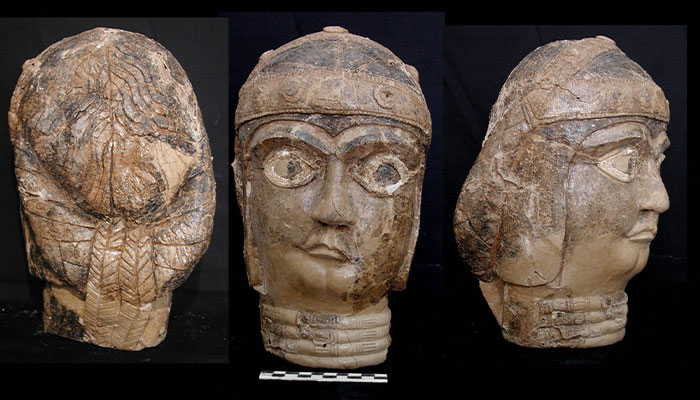
🏛️ Ancient Civilizations: Pottery as Identity
As agriculture and settlement took hold, pottery matured into a symbol of culture and craftsmanship.
Egyptian Pottery
Ancient Egypt’s pottery was typically red or brown earthenware, made for storing grains, oils, and wine. Their shaping tools and kiln designs grew more sophisticated, and many pots were adorned with symbolic designs or hieroglyphs that told stories of gods, royalty, and everyday life.
Mesopotamian Pottery
In Mesopotamia, pottery became essential for religious and domestic purposes. The invention of the potter’s wheel around 3500 BCE—possibly in Sumer—was a seismic innovation, allowing for symmetry, speed, and standardization.
Greek Pottery
By 1000 BCE, Greek pottery was a full-fledged art form. Amphorae, kraters, kylix cups—all bore black or red figure painting that depicted myths, battles, and social life. Pottery was a storytelling medium, often signed by the artist, which tells us how highly it was regarded.
Stylistic Periods:
- Geometric: Linear patterns and stylized animals.
- Black-figure: Figures painted in black with incised details.
- Red-figure: Backgrounds painted black, figures left in red clay for added realism.
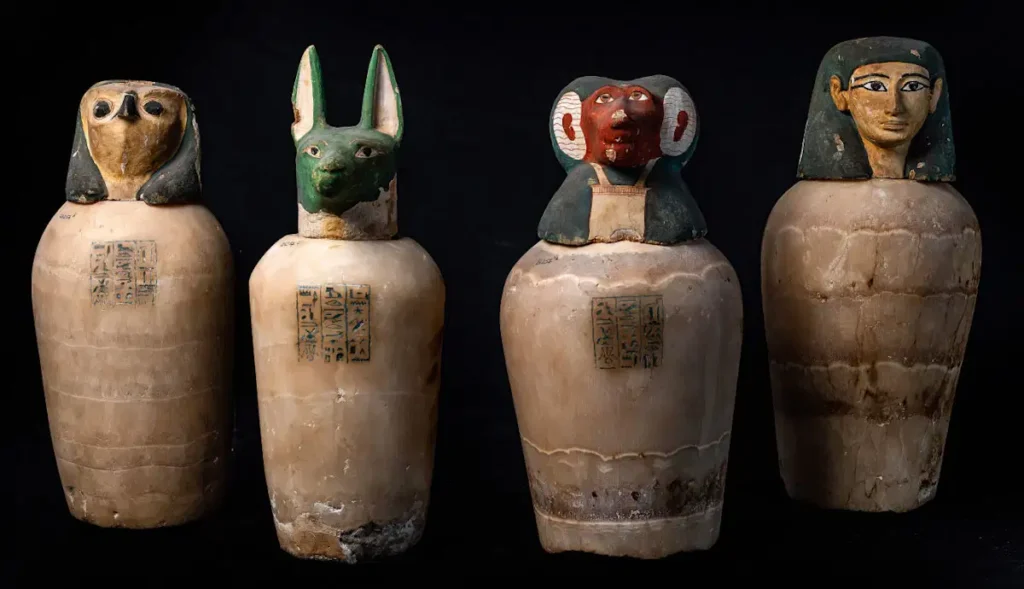
🏺 The Chinese Revolution: Porcelain Emerges
China is arguably the epicenter of ceramic sophistication. By the time of the Han dynasty (206 BCE – 220 CE), Chinese artisans had discovered high-fired ceramics with glazed finishes. But the real magic began during the Tang dynasty (618–907 CE) and truly blossomed in the Song dynasty (960–1279 CE).
What Changed:
- Kaolin Clay: Essential to true porcelain, this fine white clay could withstand extreme firing.
- Celadon and Qingbai Glazes: Produced jade-like finishes that became highly prized across Asia and Europe.
- Imperial Kilns: Dedicated factories produced for the Emperor, pushing innovations in technique and style.
By the Ming dynasty, blue-and-white porcelain became a cultural icon. These pieces often combined Chinese motifs (dragons, phoenixes, floral patterns) with intricate borders, and were exported to Europe and the Middle East, igniting global demand.
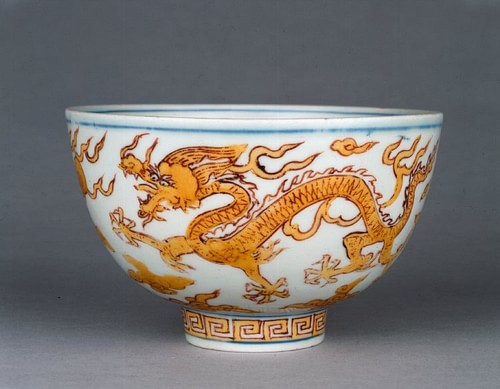
🕌 Islamic and Persian Pottery: Geometry and Innovation
Islamic ceramicists made major contributions, particularly between the 8th and 15th centuries. The absence of figural depiction in many Islamic traditions led to inventive geometric and floral designs that spanned tiles, plates, and jugs.
Persian Lusterware:
- Developed during the Abbasid period, this technique created shimmering metallic surfaces using silver or copper oxide.
- Often used in decorative tiles, bowls, and mosque embellishments.
Calligraphy also played a prominent role—verses from the Quran, poetry, and aphorisms adorned many pottery pieces, turning them into spiritual and literary canvases.
🛡️ European Renaissance: Revival and Cross-Cultural Influence
The European pottery scene bloomed during the Renaissance, fueled by Eastern imports and rekindled interest in classical antiquity.
Italian Majolica:
- Tin-glazed earthenware with vivid colors and mythological scenes.
- Inspired by Islamic pottery techniques brought to Spain and later Italy.
Delftware (Netherlands):
- Blue-and-white ceramics mimicked Chinese porcelain, often painted with pastoral scenes and floral motifs.
- Became a European staple in the 17th century.
English Staffordshire Pottery:
- Introduced industrial-scale production in the 18th century.
- Josiah Wedgwood’s innovations turned ceramics into luxury commodities and social statements.

🍵 Japan and Korea: Elegance in Simplicity
The Japanese embrace of ceramics focused on rustic beauty and spiritual resonance.
Raku Ware:
- Developed for tea ceremonies in the 16th century.
- Celebrated for its imperfect glaze, tactile surfaces, and philosophical depth.
Korean Celadon:
- Revered for its soft jade-green glaze.
- Inlaid with contrasting white or black slip depicting cranes, lotus flowers, and clouds.
Both cultures viewed pottery as a reflection of human nature—transient, delicate, and quietly expressive.
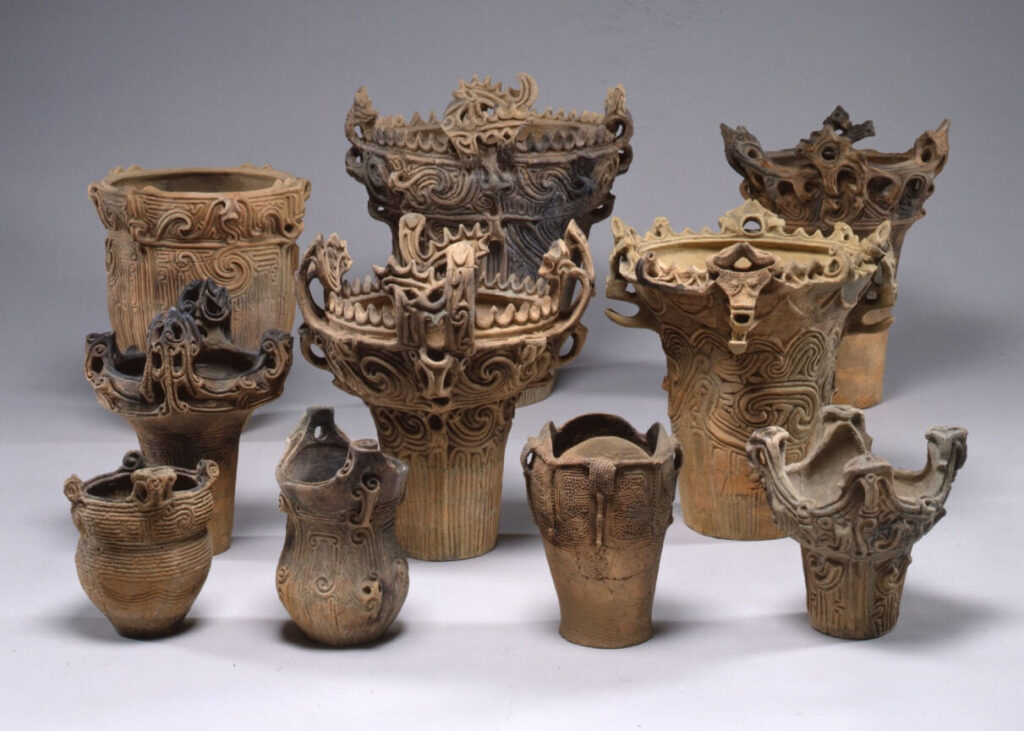
🧱 Industrial Revolution: Mass Production and Innovation
The 19th century changed everything. Machines and factories could produce thousands of identical pieces per day. While this revolutionized access to ceramics, it also sparked a counter-movement.
Arts and Crafts Movement:
- Reacted against mass production.
- Celebrated hand-thrown pottery and artisan integrity.
- Potters like Bernard Leach brought Eastern philosophies into Western studios, emphasizing harmony and natural form.
This period reasserted the value of imperfections, tradition, and emotional resonance in ceramics.
🎨 Contemporary Pottery: Fusion of Function and Art
Today’s pottery world is thrillingly diverse. Some artists craft minimalist dinnerware. Others sculpt surreal, abstract ceramic installations. Technology plays a major role—3D printed ceramics, laser-etched glazes, and experimental materials are reshaping the field.
Notable Trends:
- Studio Pottery: One-of-a-kind works made by independent artists, often emphasizing sustainability and storytelling.
- Art Ceramics: Pieces that straddle sculpture and function, exhibited in galleries.
- Functional Ware Renaissance: Handmade mugs, bowls, and plates that elevate daily rituals.
Global markets have also embraced ceramic art. From Scandinavian design to Middle Eastern revivalist studios, contemporary pottery connects tradition with bold innovation.
🧘 Reflection: Clay as a Cultural Mirror
Pottery is far more than fired clay—it’s the distilled essence of human touch, utility, and imagination. It records our history, values, aesthetics, and aspirations in a form that survives time. Every shard uncovered at an archaeological dig, every teacup placed with care on a shelf, every glaze that catches the light tells a story of how we’ve shaped the world around us—and how clay has quietly shaped us in return.
If you’d like to break this into sections for social media, adapt it into slides for a workshop, or even add region-specific history like Persian ceramics, I’m all in. Want to weave in visual references next? Let’s keep building your pottery masterpiece.

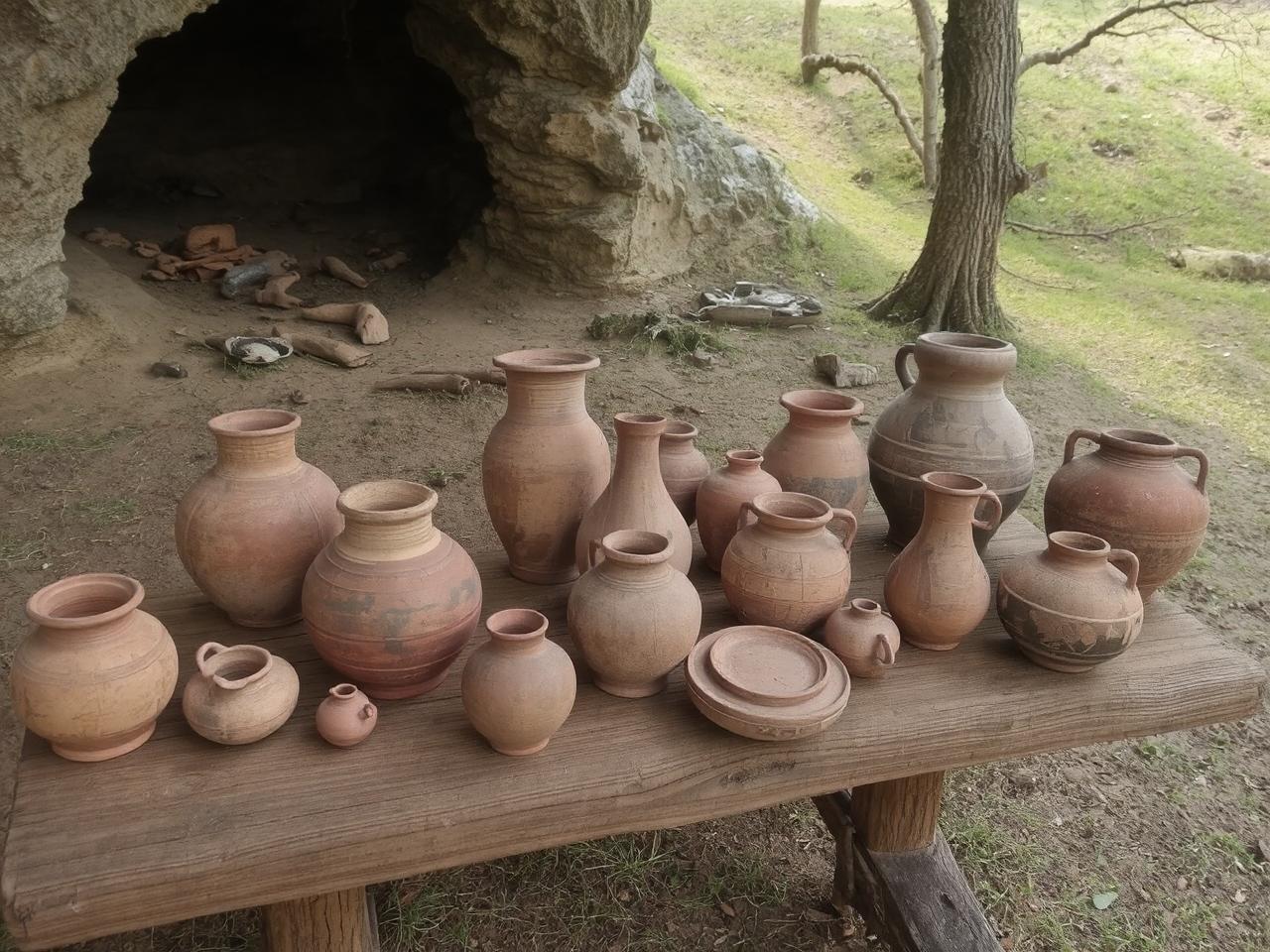
Leave a Reply